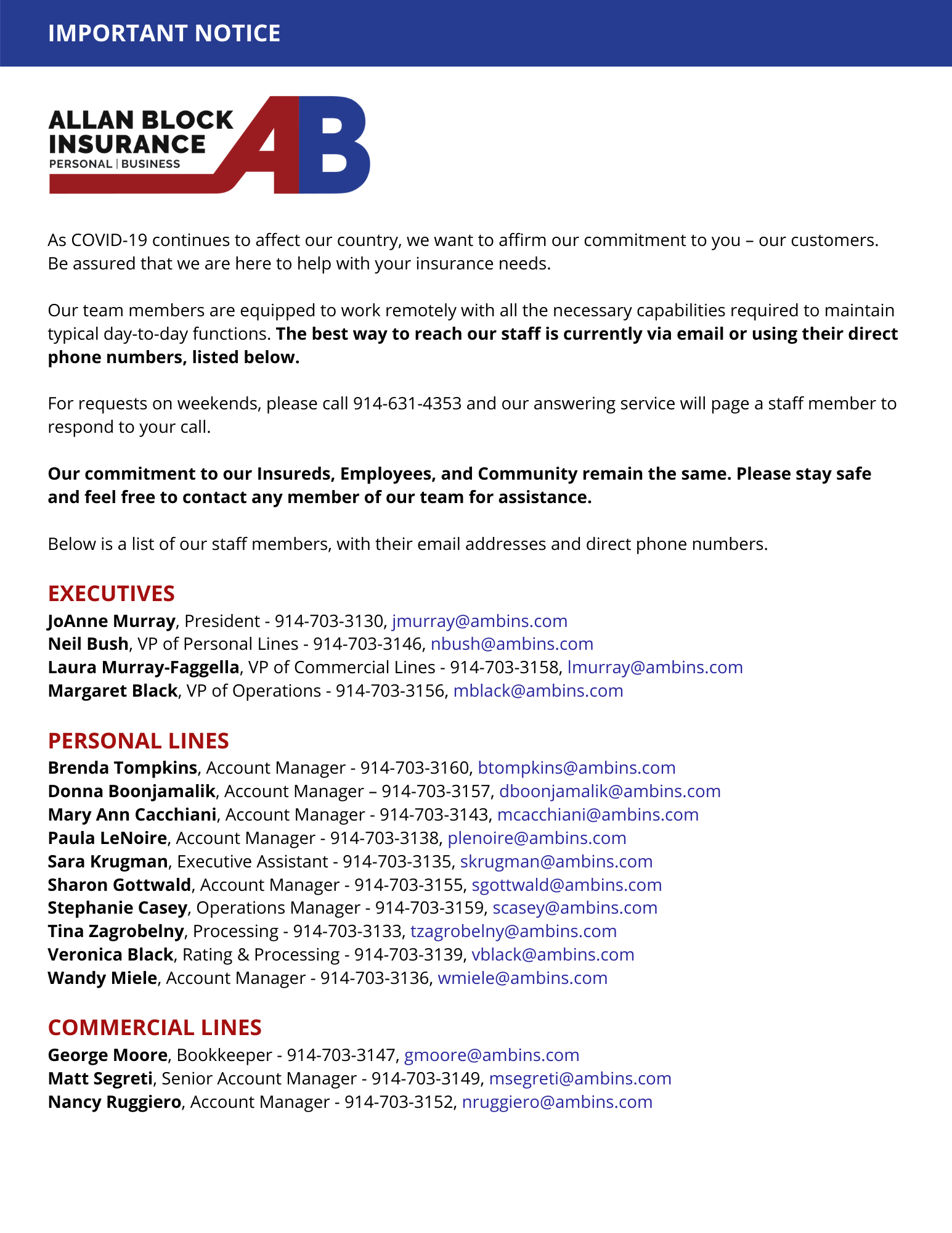The most common way that a cyber hacker will gather data and lock you out of your system is through “phishing” emails, where an employee clicks on a link and it automatically downloads software onto your computer and will not let you disable the feature.
If that computer is connected to personal identifiable information, the hacker can steal the data and sell it, creating a liability for your business.
It can be expensive to hire an IT team or outsource your cyber-risk management. That said, such an investment can save a company from disaster and can help harden your systems against intrusion. The team can monitor access to your data and periodically test employees on adherence to cyber-security protocols—for example, always verifying by another means any instructions for monetary transfers and never clicking on links in emails.
But even companies that cannot afford a sophisticated cyber consultant can take important measures to protect themselves from cyber attacks. Updating networks and software and installing all patches immediately upon release are two crucial actions. In some cases, these require replacing legacy machines and software; that is just a cost of doing business. Foregoing those upgrades could put you out of business and cost you greatly in terms of liability payments.
A good IT defense system can also help you when procuring quality cyber liability insurance; the better your systems, the better your rates will be. Not many years ago, the cyber insurance market was confusing to buyers. Nowadays, the products are more standardized, and brokers and agents are increasingly familiar with nuances and how they apply to your needs. Many options exist for small and midsize businesses to help them recover from cyber crime. In this day and age, cyber insurance could be the difference between surviving a cyber attack and shuttering operations.



